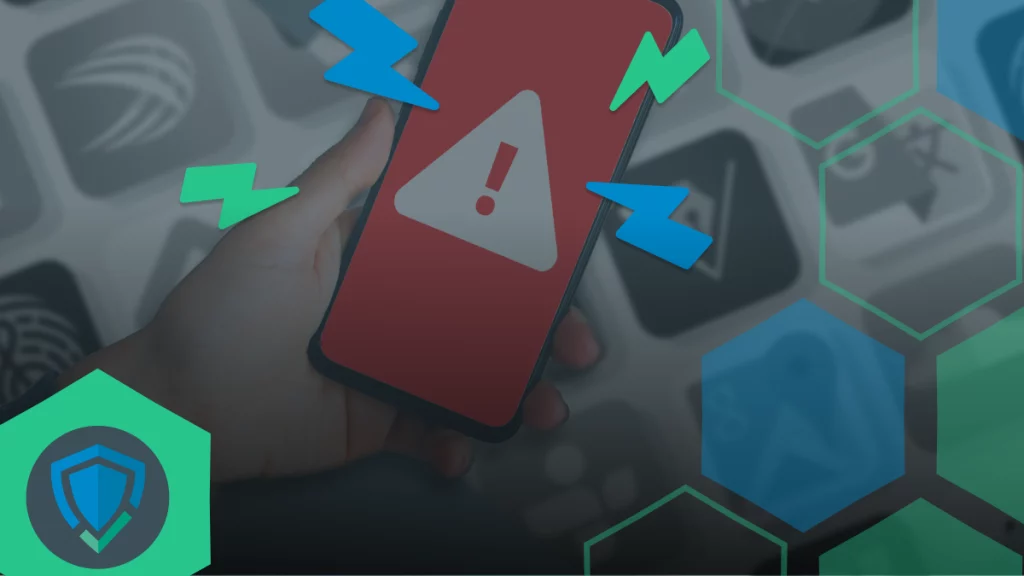The task of a phishing site is to clone real sales or trading sites. Phishing pages help scammers collect personal information for their own use.
Phishing and Fake Sites
A phishing site is a clone of the official site of a well-known company, where purchases and money transfers from a card can be made, but not to the account of the well-known company, but to the scammer's card. To make a payment, the user just needs to perform a banking operation via SMS, the user enters it, confirming the transfer.
These actions provide the scammer with some confidential information and money. After receiving such a money transfer, the scammer will deceive the payer by not selling the necessary product or not providing the advertised service.
A fake site is a headache for real companies, they damage reputations, and fraudulent actions occur on behalf of well-known brands, which negatively affects the company whose site was counterfeited.

How to Protect Against Phishing
Before registering on a site, it is necessary to determine whether there are signs of fraud and take security measures:
- check the date and time of the site's creation and registration;
- carefully study the site address, how it is listed in the search engine;
- look at the information on the site for errors, typos, page formatting;
- check if the site has an SSL certificate, what type it is and whether it has an expiration date from the provider;
- do not fall for big discounts where you need to make quick purchase decisions;
- use a separate card with a limit for online transactions;
- track site redirection during payment, if this happens, it is most likely fraud.
Signs of a Phishing Site
Most scammers are professionals in their field, over the years of working on the internet they have learned to create a high-quality phishing product online. An experienced scammer can spend just a few hours creating such a site.

Such sites have attractive offers, promotions, and visually do not differ from original online stores. But when making a purchase on such a site, the buyer unconsciously provides the scammer with data about their payment card or completely loses money when purchasing a non-existent product. The genuine site differs from the phishing one by the domain name, to notice this, you should look closely, the difference may be just one letter or symbol.
Data Protection from Online Scammers
To ensure proper protection of your data on the internet, you need to:
- set passwords with a high level of security, including symbols, numbers, and signs;
- use different passwords to protect access to all resources;
- enable notification function for unauthorized access attempts, which indicates hacking attempts;
- having multi-factor authentication will allow you to protect your data with additional functions;
- do not disclose passwords, they should be stored in a secure place.

How Not to Fall for a Fake Site
To avoid falling for a fake site, it is necessary to maintain information security and hygiene. For this, do not click on malicious links received from scammers. Such links come in SMS messages, emails, messengers. They have enticing offers with promotional sales at a low price, high and quick earnings on crypto farms, gift certificates or winnings, attracting more and more people.
If a link raises doubts or has errors in the name, you should not follow the link. Scammers themselves send such messages to avoid landing on a phishing site. It is better to independently search for information on the internet about the company of interest and compare the link that is on the official resources. If there are the slightest differences, it is definitely a phishing site.
Phishing Attacks and Online Security
Signs of a phishing attack in social networks or phones: scammers are the first to start a phishing attack using SMS mailings or emails with viral information, where you are required to follow a link and enter your personal data, in which case the scammer obtains the user's personal information.

You can also land on a phishing site after searching for certain information on the internet, after searching, for example, for household appliances online. Aggressive advertising starts following you on pages with this equipment with various links, where you will be offered to buy the item you searched for at a favorable price.
To protect yourself from phishing attacks, you need to carefully read the information, not click on all links indiscriminately, and not react to enticing offers.
 >
>